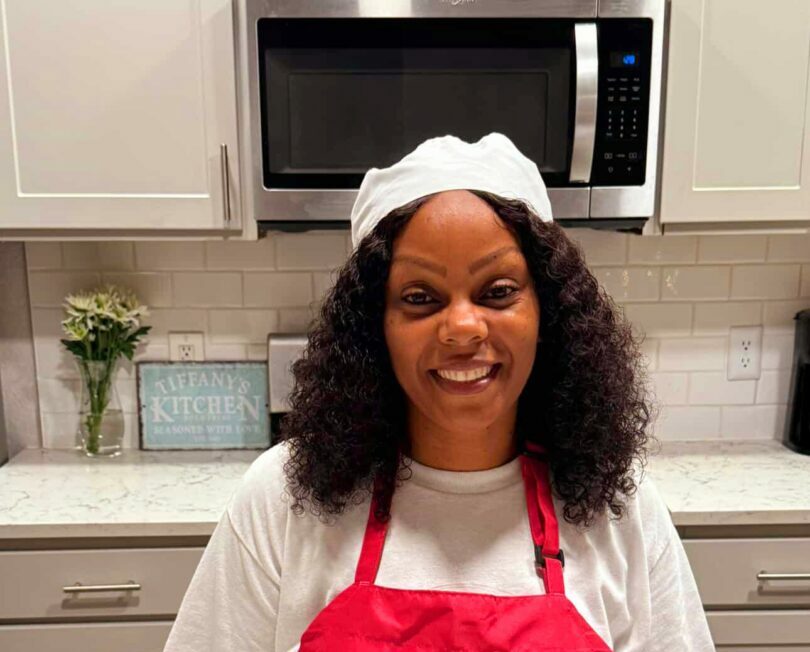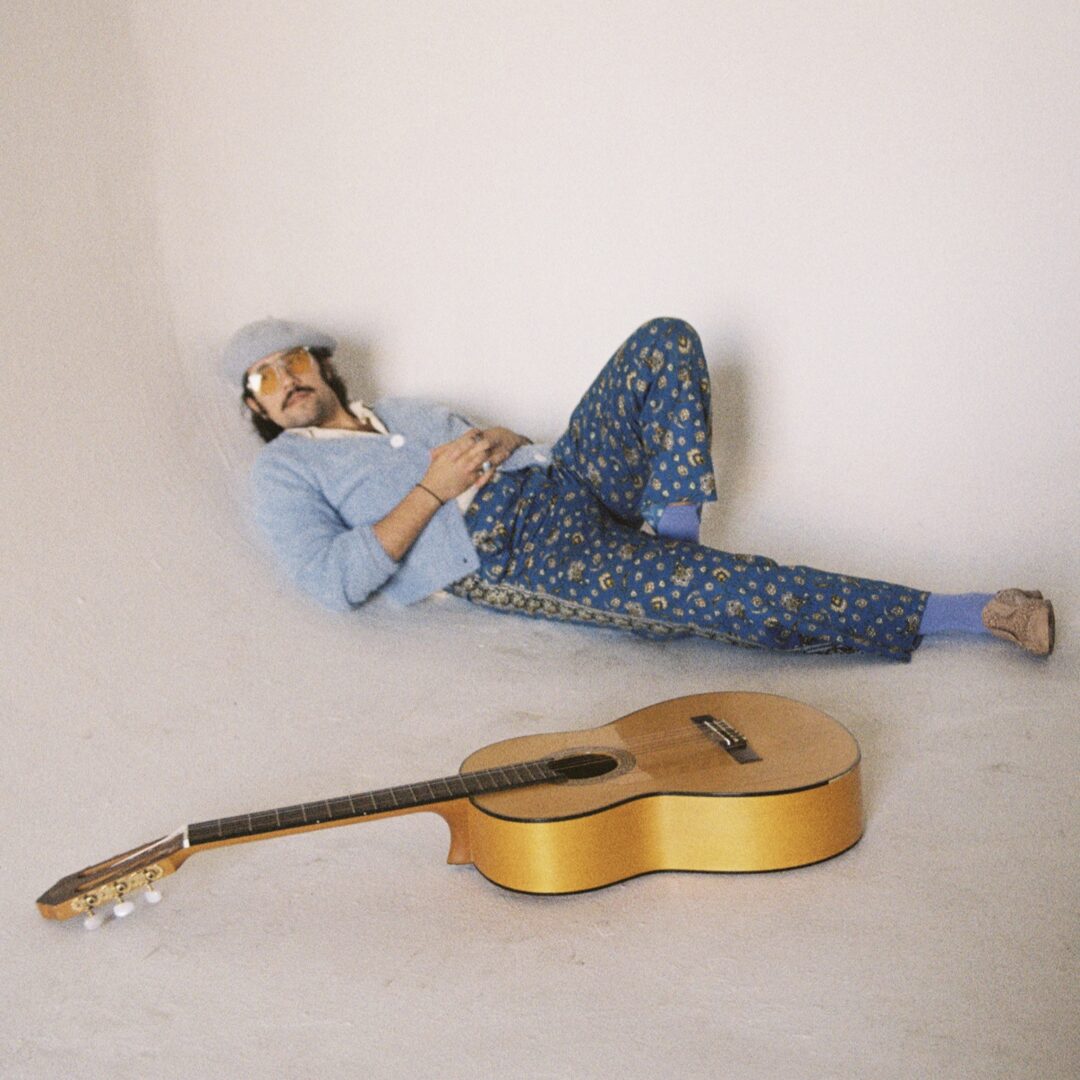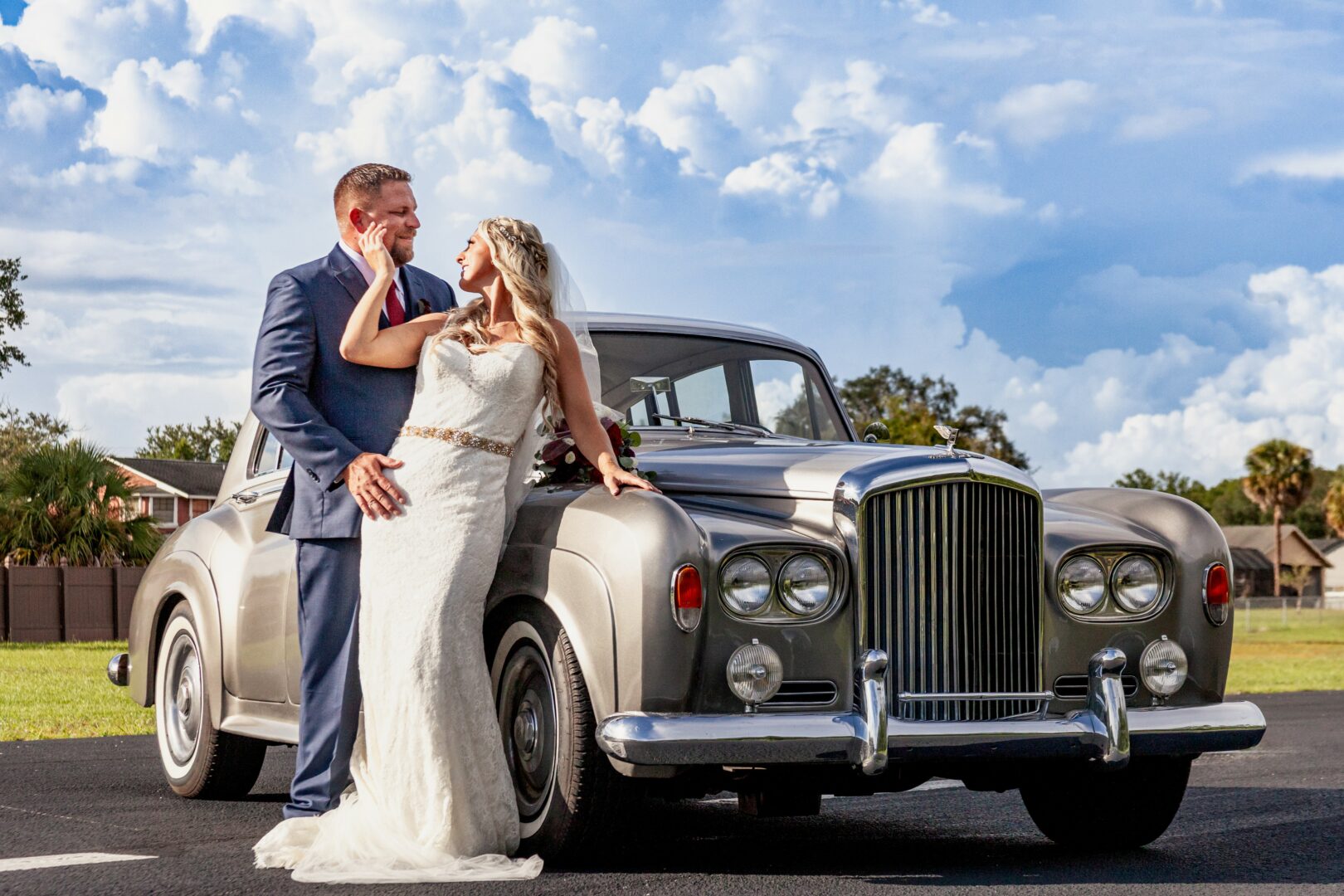Alright – so today we’ve got the honor of introducing you to Amanda Stockton. We think you’ll enjoy our conversation, we’ve shared it below.
Hi Amanda, really happy you were able to join us today and we’re looking forward to sharing your story and insights with our readers. Let’s start with the heart of it all – purpose. How did you find your purpose?
My kids. It seems cliche, but if it weren’t for them I wouldn’t be here. I don’t think I’d be anywhere.
My whole life I wanted kids. And when I had them, I knew I didn’t want them to have the childhood I had. I wanted to be better to them than what I got, and I never wanted them to feel the things I felt as a kid—or as an adult, for that matter.
A few years ago, I got a divorce. I left with basically nothing but my books and art supplies. And was presented with a unique opportunity to truly dive into my passions: painting and writing.
I’d already been selling some of my art and made a lot of friends and established a following in the writing community of Twitter.
I knew all I really wanted was to try and make it as an artist. And to show my kids that you can make your dreams come true. That dreams and passion are worth fighting for.
Along with my kids, I had my own inner child to stand up for. To speak out for. To find my voice that I’d never been afforded. So my work became that voice. That expression of self and my healing journey.
As a writer, the advice hill I’d gladly die on is “write what you know.” I know some writers get contentious around this particular bit of advice, but personally, I think it’s the most important tool in a creative’s supply box.
In my opinion, authenticity goes a long way. And writing what you know is deeper than just what you do for a job or travel or whatever other physical experiences that you’ve had in life.
More than anything, it’s emotional. Taking the things you’ve felt and spinning them with allegory has the ability to create rich stories and relatable characters. And it’s my goal, as an author, as an artist, to make people feel things. That’s the magic about stories and art. It’s this invisible hand that reaches through time and space and says, ‘Hey, I see you. You’re not alone.”
And if my work were to ever reach someone in that way, in ways that other people’s art has reached me, then I’ve accomplished true magic, my purpose.
Thanks for sharing that. So, before we get any further into our conversation, can you tell our readers a bit about yourself and what you’re working on?
My primary focus is my little business, BatwordsMedia. Under which, I sell my art and I publish books. So far, just one anthology, Things Magical Under the Moon, a dark fantasy/horror collection of short stories, has been released under my business. But there are plans for future releases including my long awaited debut fantasy novel (currently with my delightful editor, Stephen Black of Black Thoughts Editorial Services).
So, I write and I paint. I write emotionally driven dark stories, typically fantasy or horror, but my intention is to build upon a sub-genre of feminist horror. Wherein the focus is women’s issues, but, as stated previously, spun with allegory. So maybe the message isn’t quite as ‘hit you over the head’ but ultimately, these stories contain women taking their power back from one thief or another with a decent dosage of feminine rage.
And in the art I create, the paintings I have been focusing on recently are part of a series I call “Who Am I To Argue.” These pieces depict women wearing ski masks and generally done in vivid, often neon, colors.
Sticking with my theme of expression of self and healing, the intention behind these works is expression itself. It’s about the pure freedom of saying and feeling things that—well—I feel. The main question I get is ‘why the masks?’ And that has two layers to it. One being, as a woman, sometimes the things we say get seconded to what we look like. And the mask allows freedom from that judgment. Freedom from merely being looked at rather than being seen. Heard. Respected.
The second layer comes from the term “unmasking” in the neurodivergent communities. Which perhaps seems backwards. I’m putting masks on these women and calling it a symbol of unmasking. But it ties back into the first layer of meaning. In that it’s representative of freedom of self. Acceptance of who we are and what we have to say and all the little idiosyncrasies that we usually have to keep hidden or “masked” in order to be or feel accepted by typical society.
I have plans to keep this series going for as long as I have ideas for it. Which in my sketchbook are at least two dozen more concepts ready to go. As an artist and a person, these masked women are the best representatives for where I’m at right now. And as they take a deeper turn into activism, I don’t see them going away any time soon.
In 2023, my main focus was to start selling at markets and conventions. Which I did! I was really excited to take part, as a vendor, to several local markets including Rose City Comicon. A huge deal to me! I’d wanted to sell work at comicon for a decade. And now I’m about to do my third nerdy convention and I could not be happier about it.
In 2024, I’m looking forward to more conventions, including Oregon’s FanExpo. And my new goal is to get my work (and our anthology) into local brick and mortar stores. Small and independent businesses are my priority for this newest expansion desire. And I am looking forward to meeting even more people in my local communities.
Looking back, what do you think were the three qualities, skills, or areas of knowledge that were most impactful in your journey? What advice do you have for folks who are early in their journey in terms of how they can best develop or improve on these?
Firstly, finding your people is SO important. Especially for creatives. We live in a society that devalues artists while constantly consuming their art. People, sometimes well-intentioned, who don’t have any idea about art or the art community or any of it, still believe in the “starving artist” cliche as being not only the norm, but the only end. It’s just not reality. Is it easy? God no. Is it worth it? F*** yes.
Finding other creative people who are living in this field are essential for us. We need other people who understand what we are doing, where we are trying to go, and what we are going through.
The blessing of 21st century living, is every focus has a corner of social media rife with people who have built communities and are, from my experience, always welcoming.
Not only will finding your people (online or otherwise) help you feel like you’re not insane for wanting to be an artist or author, they will help present opportunities, inspiration, and feedback. Which are undoubtedly the three most coveted totems of artistry.
So get online or go to local art co-ops and markets and shows. Get into your communities and make new friends and contacts!
Second, listen to your heroes. I know the idiom “don’t meet your heroes” is a thing. But listening to them, to their process, to their stories of journey IS helpful. For instance, Neil Gaiman, a prolific author of incredible accolade gives some of the best and simplest advice to aspiring writers. I think the reason why listening to how our heroes speak about their craft—OUR craft—is important because it humanizes them. It puts us on the same level. Like wait, Neil Gaiman still gets imposter syndrome? My favorite book, that won literary awards, has typos?!
When you realize the goal is not some completely out of reach and superhuman ideal, it changes your entire perspective on what’s possible.
Which also takes me back to community. Because the successes of your fellow creatives IS your success in the making. It proves to you that it is possible. And you’re not chasing a fantasy. The coyote catches the roadrunner.
Follow artists on social media. Watch what they do and learn. I learned a ton just from watching the journey of other creatives online. They talk about struggles and process and strategy all the time. Gatekeeping is lame and most of us are out here wanting to help others get into the arts and sharing our journeys. I spent years observing other artists go from struggling to find a “normal” job to providing for their families with just their art. It IS possible. I see it happen every day.
Lastly, don’t give up. There are going to be times when everything feels impossible. Even if you have the community and the heroic inspiration. Life gets heavy. Sometimes so heavy it crushes you. I know I’ve hit those moments of hopelessness several times in the last few years of doing this. And I wanted to give up. I wanted to walk away and just go back to being the thing that other people wanted or expected me to be. Just because it seemed easier. Spoiler alert. It wasn’t.
Giving up felt like such a betrayal of self after everything I had fought and sacrificed for. Like how could I go back? Sometimes it felt like I had to choose who I was going to disappoint. Because someone was going to be no matter which direction I went. And after a lifetime of basing myself off of the expectations of everyone else…I needed to really give this thing a solid try. And usually, it was every time I hit this point of despaired pessimism, that I stumbled into some new amazing opportunity. Maybe it was fate or maybe it was an unconscious act of desperately needing a win in order to convince myself to keep moving forward. But unexpected opportunities find you (or you find them) even when you’re lost in the dark.
I’ve had to learn, in my effort of not giving up, that perfection is NOT where it’s at. Waiting for everything to be perfect: my table display, my body of work, my skill, etc only held me back.
You learn as you go. And diving in and doing the thing will teach you more than putting it off and walking away. Perfectionism is just an excuse to feed the monster that whispers in your ear that you’re not good enough or that it’s not actually possible. I am here to say, it IS possible. You just have to keep going and keep working.
Before we go, any advice you can share with people who are feeling overwhelmed?
Honestly, I feel overwhelmed almost all the time.
Sometimes what I need is to fall back on my community. And sometimes (more often than not lately) I need to retreat into hermit mode. I need alone time to sit and decompress and just write or draw without anything else invading my peace.
We live in a world full of tragedy, injustice, and turmoil. And it is with immense privilege that we can turn it off, put the phone down, and get quiet in order to get loud.
By that I mean. We, artists, retreat to our desks, our easels, our studios or laptops (or typewriters) and we release.
I require stretches of isolation to recharge but also to purge. To get out all the things that have built-up inside my head and my heart. To put it all out on paper or canvas and be unapologetically honest. Stephen King calls it creating “with the door closed.” This is when it’s not for anyone else but me. It’s like journaling, and sometimes it is literally that.
It’s in these moments that I’m releasing and discovering. Discovering meaning in whatever it is that I’ve been carrying. Discovering more about myself. About my pain. About my anger. And releasing it into paint or ink or words on paper.
This is usually when some of my best work happens. A good portion of it never gets shared. The door is closed. It’s just for me. I’m here to release. To learn. To understand. To pull my head back above the waterline so I can breathe again.
Then I open the door. I reach out to my creative friends, my community, and I share. We commiserate.
There’s the famous quote, often attributed to Hemingway, though contested that it was actually him who said it, “There is nothing to writing, you simply sit at a typewriter, open a vein, and bleed.” Art is a gift of vulnerability from the artist to the world. And it can be draining as much as it can be freeing.
But there IS freedom in art. There IS power in art. Art was always, and still is, a weapon of the people. And allowing yourself those closed-door moments where you “bleed” on the canvas can fuel change. Even if that change is only within yourself.
Contact Info:
- Website: www.BatwordsMedia.com
- Instagram: Instagram.com/batwomanda
- Twitter: X.com/batwomanda
- Other: www.BatwordsMedia.com/links










Image Credits
Amanda Stockton




